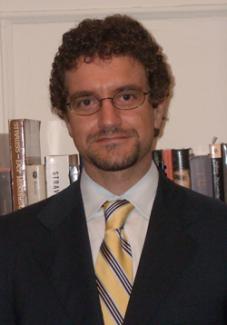Event
In the early years following Mussolini’s appointment as Prime Minister in October 1922, several personalities pleaded with him to create a national opera house in Rome. After initially opposing the plan, the dictator changed his mind; in spring 1926 he ordered that the old Teatro Costanzi be renovated and renamed Teatro Reale dell’Opera, with the goal of turning it into the leading opera house in Italy. Primary sources indicate that, in order to pursue this aim, Mussolini utilized a series of long-term strategies: for example, the dictator made the Teatro Reale a manifestation of the cult of romanità, and exploited the venue for political ends by hosting various gatherings of the regime. The Duce also used the new opera house as a part of a broader strategy to reverse the power balance between Milan and Rome in favor of the latter, and to challenge the status of La Scala that, under Toscanini, had become an antifascist symbol.
Ironically, these same policies frustrated the ambitions Mussolini had for the Teatro Reale; the excessive emphasis placed on the romanità of this institution made it a symbol of the capital more than an emblem of the nation, and organizing fascist rallies in it brought about an ambiguous reputation that other opera houses rarely or never experienced. Moreover, the Teatro Reale was never able to challenge La Scala’s stature; in spite of Mussolini’s efforts to “Romanize” Italy, a Roman opera house could not suddenly establish itself as the new leading Italian musical institution. This talk offers important new insights into the history of the Teatro Reale and suggests that, in spite of Mussolini’s miscalculations, the Duce tried to enforce a strong musical policy as part of the Italian Fascist project as early as the mid-1920s.
